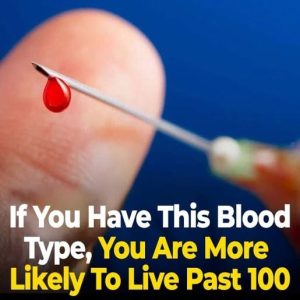Dr. James Hiram Bedford, a World War I veteran and University of California professor, made history as “the first person to undergo cryopreservation.” In 1967, at age 73, Bedford was dying of kidney cancer that had spread to his lungs. Fascinated by the idea of freezing the body for future revival, he decided to take part in the experimental process.
He learned about cryonics from Dr. Robert Ettinger’s book The Prospect of Immortality. Ettinger, often called “the father of cryonics,” had founded the Cryonics Institute to preserve bodies in hopes that future science could restore life.
After Bedford’s death on January 12, 1967, his blood was replaced with chemicals such as dimethyl sulfoxide to reduce tissue damage. His body was then cooled to –196°C in liquid nitrogen. This event “marked a scientific milestone” and ignited global curiosity about conquering death through technology.
In 1991, researchers at the Alcor Life Extension Foundation examined his remains and found them “surprisingly well preserved,” with intact tissue and recognizable features.
Bedford’s body remains frozen today. Before his death, he reflected: “I did not do this thinking I would be revived. I did it in the hope that my descendants might benefit from this great scientific experiment.” (198 words)





